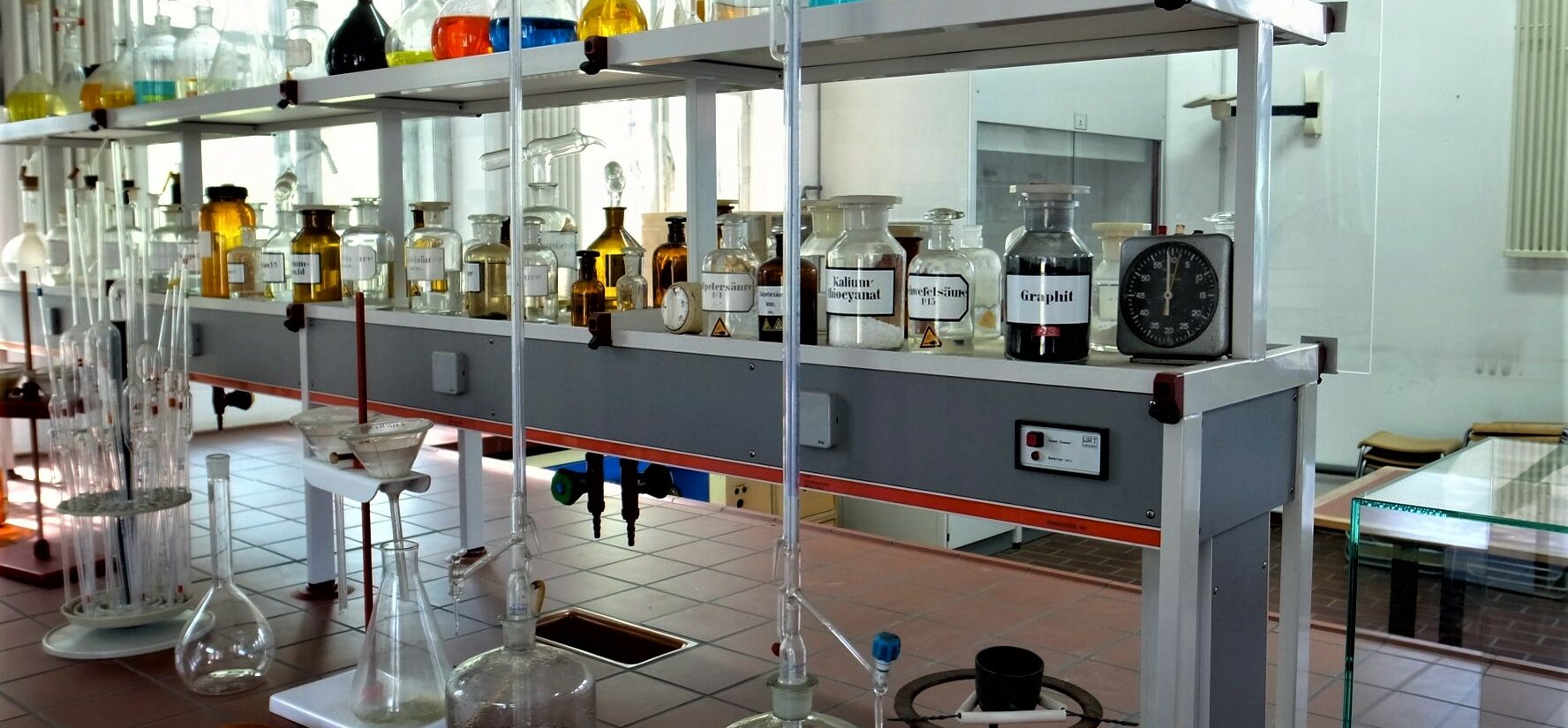
Testing the occupation
Identifying mislabelled food from illegal Israeli settlements in European supermarkets through isotopic testing
Dates, avocados, potatoes, basil and wine labelled as produce of Israel in European supermarkets may actually originate from illegal Israeli settlements in the occupied Palestinian West Bank and the occupied Syrian Golan. Over the last five years, SOMO has looked into isotopic testing to identify such mislabelled products. The results show that this new approach has strong potential to identify mislabelled agricultural products from the Golan, but not those from the West Bank.
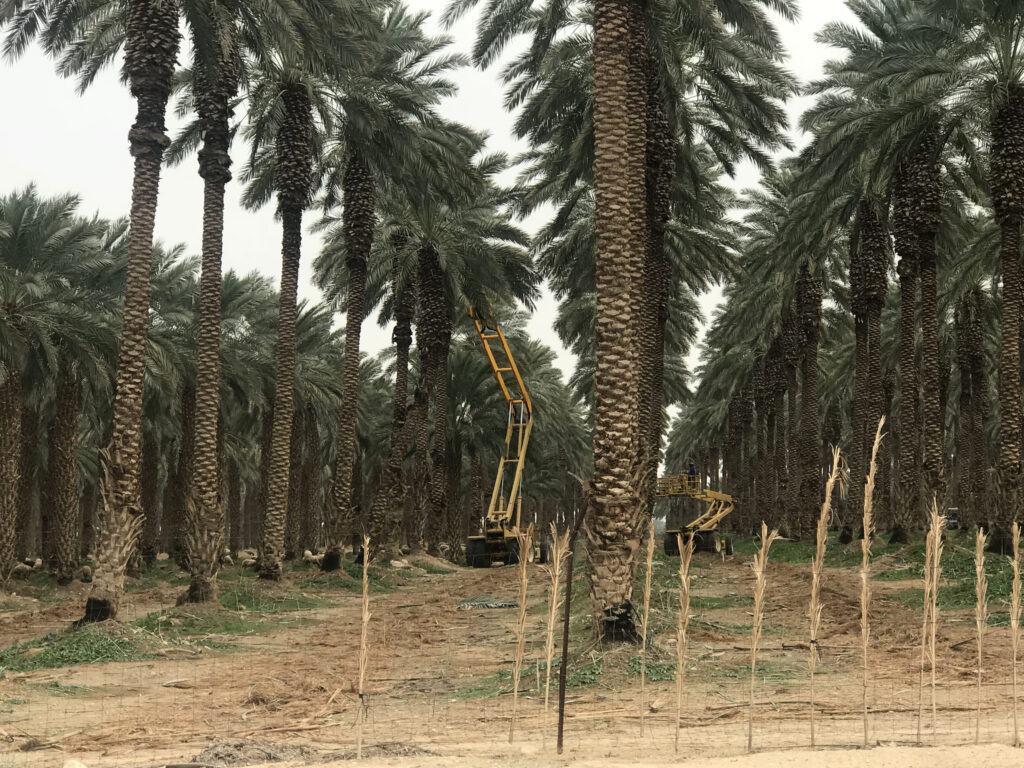
Why isotopic testing?
There is evidence that a substantial share of fresh fruits, vegetables and herbs imported from Israel on European supermarket shelves may be mislabelled. While these products are sold as being from Israel(opens in new window) , they are actually from Israeli settlements in the Occupied Territories. This practice is problematic as it conceals the illegal origins of these products, violates consumers’ rights and EU labelling rules(opens in new window) , and leads to tax evasion(opens in new window) . For more than a decade, SOMO has been raising awareness about the problems related to European imports of illegal Israeli settlement products. Over the course of these years, we have addressed the issue with companies, public authorities and politicians, and published a series of articles and reports.
Central to much of SOMO’s work on this topic is getting a better understanding of the actual volume and nature of illegal Israeli settlement products imported to the Netherlands. To this end, we have used various research methods, including filing freedom of information requests (FOIs) with public authorities, surveying supermarkets and wholesale companies, and carrying out store visits. In the current article we report on a new approach to identify settlement products among products sold as being from Israel, based on isotopic testing. SOMO has been jointly developing this new research method since 2015, with Gareth Davies, Professor at the Faculty of Science, Geology and Geochemistry (Vrije Universiteit, Amsterdam, the Netherlands).
Displacement and illegal agriculture
About 711,000 Israeli colonists are living in at least 250 illegal Israeli settlements on occupied Palestinian and Syrian territory, in the West Bank (including East Jerusalem(opens in new window) ) and the Golan(opens in new window) . The transfer by the occupying power of its population into occupied areas constitutes a war crime under the Fourth Geneva Convention. Nevertheless, the number of settlements and settlers continues to grow. In the period from 1947 to 1950 and again in 1967 following the “Six Day War”, first Zionist and later Israeli military forces progressively took control of historical Palestine and most of the Syrian Golan. In these few years, over a million Palestinians and an estimated 131,000 Syrians were expelled from their homes and lands, in violation of international law. For the remaining Palestinian and Syrian population, the human rights and economic impacts of the occupation have been disastrous.
Productive farming in the West Bank is exceedingly difficult, due to heavy Israeli (military) restrictions imposed on Palestinian farmers. This makes it difficult for farmers to access their lands, import appropriate fertilisers and have water for irrigation(opens in new window) . The Israeli occupation is an important cause of the decline of Palestinian agriculture. Israeli agricultural exports, by contrast, increased by 5 percent from 2016 to 2020 to $2.2 billion, for which Europe is the biggest market(opens in new window) . In 2018, fresh produce exports from Israel were worth $858 million. Of these exports, 56 per cent ($480 million), were destined for the EU. With a combined share of 29 per cent, dates, avocados, mangoes and figs represent the largest fresh produce export category(opens in new window) . The estimated share of settlement production in Israeli fresh produce exports may be as high as 28%(opens in new window) .
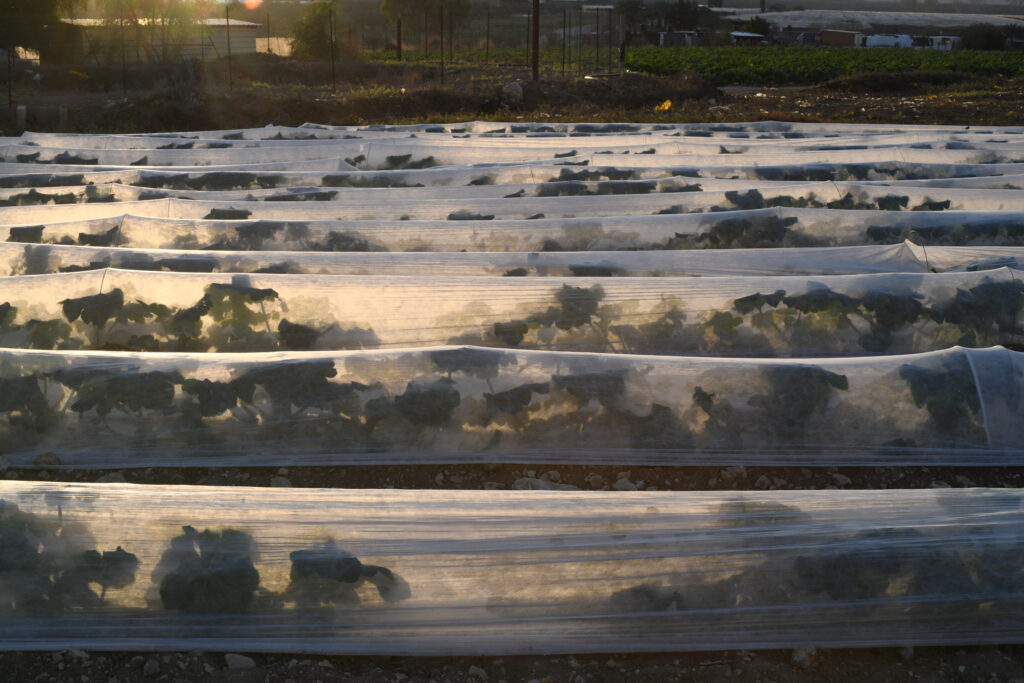
Products from illegal Israeli settlements are the result of plunder and of human rights violations. Nevertheless, they can freely enter the EU common market. Only a few special conditions apply to settlement products in the EU. Under the EU-Israel association agreement, for example, higher import tariffs apply to products from the settlements than those made in Israel. Also, based on EU Regulation No 1169/2011(opens in new window) and reaffirmed(opens in new window) by the European Court of Justice in 2019, companies selling settlements’ products to consumers need to ensure that these are labelled as such and not as “Made in Israel”.
Introduction to isotopic testing
In isotopic testing, the origin of a material can be determined by comparing isotopes from that material with isotopes from reference materials from different origins. To determine the origin of fruit and vegetables labelled as being from Israel in the supermarket, we therefore needed to collect reference material. For this research, the project team used samples of irrigation from farms within Israel and Israeli farms located in the occupied West Bank and the Golan as a reference. The overall approach was to collect these water samples and test whether samples from different areas also showed different results. If the results indeed showed marked differences between farms in different areas, this would then allow us to relate these to test results of fresh produce from the supermarkets and reveal their origin.
Isotopic testing is a type of analysis of isotopes, a particular kind of atom. Atoms of one specific chemical element have an equal number of protons and therefore occupy the same place in the periodic table. These same atoms, however, may have two or more distinct forms in relation to the number of neutrons they have. Atoms from the same element but with different numbers of neutrons and masses are called isotopes, meaning “same place” in Greek. Isotopic testing measures the ratios of different isotopes of the same element in a range of substances. These ratios, or signatures, change over time because of decay and exposure to chemical processes and radiation. Because conditions such as climate and geology differ around the world, different places will also leave behind different isotopic signatures. Consequently, differences in the isotopic composition in a substance may therefore provide information about its origin.
Gareth Davies explains: “Isotopic testing is used in a myriad of studies, for instance in archaeology to identify trade routes of jade in Central America, or for art historians looking at where materials in sculptures or white-paint pigments in oil paintings originated. In forensic work, it can be helpful to identify non-identified bodies (see text below). From hairs for example, we could measure exactly over time the origin and type of food and water consumed, as hair grows at a rate of 1 centimeter per month.”
For over a quarter of a century, isotopic analysis has also been used(opens in new window) to identify where foods come from. In 2016, for example, a team of researchers including members from the Vrije Universiteit showed that bell peppers produced in the Netherlands could be distinguished from those produced outside the country. Davies: “Minerals in soil will transfer into foodstuffs, plants and bodies. However, not all the minerals will dissolve in or react with water to be absorbed into the roots of plants.” A variety of substances can be used for isotopic testing, such as rocks, soil, water, plants, metals, art paint and wine.
More about the isotopes analysed in this research
Professor Davies explains that in the work for SOMO, two categories of elements in the irrigation water samples are analysed: “On the one hand, ‘light elements’ such as oxygen, nitrogen, carbon and hydrogen. On the other hand, the ‘heavy elements’ lead (Pb) and strontium (Sr). Both categories are used to assess the properties in isotopic changes. For example, hydrogen isotopes have an atomic mass of 1 or 2. As a result of a physical process, such as evaporation, condensation, or a reaction between water and a mineral, a significant difference in the mass will occur. Depending on the process, one isotope will tend to be favoured over the other.” Lighter isotopes in water will tend to evaporate more readily than heavier isotopes, while the opposite is true when condensation takes place.
Davies: “In Israel, rain on the coast is isotopically heavier than rain inland. This is explained as follows: as air cools and rises, moisture condenses and forms clouds and ultimately rain. The heavier isotopes of hydrogen and oxygen condensate into rain more readily than the lighter isotopes of the same element. So, further from the sea – where the moisture originates – there are fewer of these heavier isotopes. This is because the further the moisture travels, the more of the heavy isotopes are lost. Further inland, therefore, the rain has relatively more light isotopes of oxygen and hydrogen than rain nearer to the sea.”
Other applications of isotopic testing: Solving missing person cases – Professor Davies and his team have helped police forces in various countries on several cases. In 2019, they worked with the Austrian police on a cold case from 1993, re-examining skeletal remains of what was assumed to have been a female prostitute from Eastern Europe. Davies: “However, by using isotope testing on carbon and nitrogen from bone samples, it was discovered that there were traces of maize (sweet corn) and sugar cane. This ruled out a European origin as these foods are not typical to European wheat-based diets. Water isotopes suggested a tropical origin. Lead (Pb) and strontium (Sr) isotopes ruled out West Africa. This led us to assume that the woman could be from the USA or South America. Lead (Pb) and strontium (Sr) isotopes from atmospheric pollution identified traces of a particular North-American lead (for benzine), which is not used in Europe, but did not exactly match those in North America (Canada/US/Mexico) either. When focusing on geology, strontium isotopes matched a connection with the Antilles better than Mexico. With this information the Austrian police searched further in prostitution circles in the region of Austria where the woman was suspected to have worked. Within 2 weeks they were then able to make a match to a missing woman from the Dominican Republic. A DNA match from a sibling then confirmed our findings(opens in new window) .”
Rainwater interacts with the soil it falls on. The soil leaves, so to speak, an isotopic fingerprint on the rainwater when it passes through. “In Israel, some areas are formed by ‘recent’ volcanic activity and are hence made up from relatively young volcanic rock. The lead and strontium isotopic composition of rainwater that falls on these areas will be impacted in a different manner than the isotopic composition of rainwater falling on sediments from older rocks in other areas”, says Davies.
In isotopic testing, the ratios of two particular isotopes of strontium are often measured. Strontium 86 isotopes were formed in stars. However, a significant share of the world’s strontium 87 isotopes are formed by the decay of another element called rubidium. Rubidium and strontium will also react differently(opens in new window) to other elements in rock such as potassium and calcium. The knowledge about this decay and chemistry helps to determine when rock was formed and, conversely, what type of rock may have left a specific isotopic signature.
Collecting and testing irrigation water.
In September 2017, irrigation water samples were collected at eight farms in Israel proper (see yellow pins in Figure 1) and, at 14 settlement farms in the Occupied Palestine Territory (OPT) (see orange pins in Figure 1).
Figure 1: Locations of farms where water samples were collected.
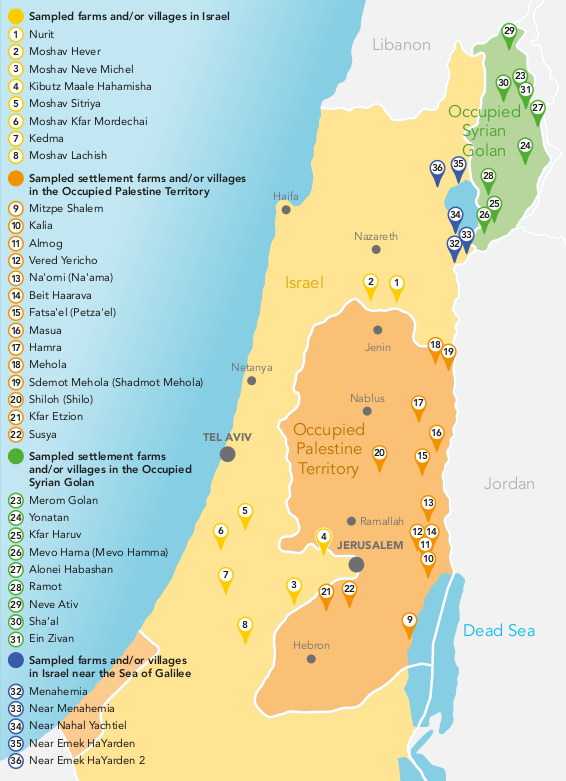
Farms in Israel were sampled randomly on the basis of accessibility and with heed to having good coverage of different agricultural production areas. Sampling of settlement farms followed the same pattern, but selection was restricted to a long list of settlements on the West Bank. The list comprised settlements that, based on scoping research, were known or deemed more likely to be involved in production of fresh produce for EU markets. All samples were taken from irrigation water pipes or reservoirs. The samples were sent to the Netherlands and analysed by Professor Davies’ team at the Vrije Universiteit in December 2017. The results showed a large overlap in the isotopic values of the two sets of irrigation water samples from the farms in both regions. This means that, on the basis of the irrigation water samples available, it was not possible to distinguish between the farms in the two regions. A possible explanation for the similarities in isotopic values in both sets of samples is that irrigation water used in both regions may have come from the same aquifers and surface waters.
Focus on the Golan
The idea emerged that the Occupied Syrian Golan might show different results. The Golan is a relatively isolated and elevated area northeast of Israel. The area is covered mostly with basaltic soils formed by geologically recent (Neogene-Quaternary) volcanic activity which sets it apart from most other areas in Israel and the OPT. In October 2018, irrigation water samples were collected at nine settlements distributed over the whole of the Golan (see green pins in Figure 1). The locations were selected from a long list of settlements producing fruit crops such as apples, pears, cherries, kiwis, mangos, herbs and wine grapes. These irrigation water samples were also sent to the Netherlands and tested in the university’s lab. The analysis showed that the strontium isotope ratios of these samples were significantly lower than the ratios of the samples taken from the West Bank and from Israel proper. This confirmed the geographic distinctness of the Golan.
Samples from the Galilee region
The Galilee region in the northeast of Israel is partly covered by the same type of soil as the Golan. Moreover, because of the proximity of Galilee to the Golan, farmers in Galilee may also use some of the same water sources for irrigation. As the next step, we decided to verify whether these similarities would also show up in isotopic testing. If irrigation water samples from the Galilee region showed similar values to those from the Golan, we would need to take this into account in the planned testing of fresh retail products. Indeed, because these two regions overlap both isotopically and politically, it would make identification of settlement products among those labelled as produced in Israel more difficult.
In April 2019, therefore, new irrigation water samples were collected at five different farms located near the Sea of Galilee in Israel (see blue pins in Figure 1). The analysis of the strontium isotopes from Galilee indeed showed values in the same lower range as those from the Golan. When comparing the samples from 2018 with those from 2019 overall, roughly two clusters could be seen. There is one smaller northern cluster of five samples with the lowest strontium ratios measured . Four of these are from farms in the northern Golan. The larger southern cluster of 10 samples has significantly higher than the northern cluster. The samples from this group mostly come from farms in the central and southern Golan as well as from Israel near the Sea of Galilee.
Mislabelled wines
We also wanted to test whether we could actually confirm that Israeli products in European stores that are suspected to be from the Golan were indeed produced in the Golan, based on isotopic testing. In June 2019, we purchased bottles of Hermon brand white and red wine from the Golan Heights Winery online from the Dutch liquor store Mitra, but this wine was also available online in several other stores in Europe. Mount Hermon is located in the far north of the occupied Syrian Golan. The bottle labels(opens in new window) indicated that the wines were produced in Israel. However, the brand name (Hermon) and company name (Golan Heights) clearly suggested that the wine is produced in the Golan. We considered this to be a likely case of false labelling. Consequently, we filed a complaint with the Netherlands Food and Consumer Product Safety Authority (NVWA) for mislabelling and misinforming consumers.
In December 2020, the wine was tested by the VU team. The values were in the low range of the northern cluster category, with the white wine even showing the lowest value of all samples tested. This result means that isotopic testing confirmed that these wines were produced in the Golan. Two of the settlements sampled for this research, Yonatan and Ein Zivan, produce grapes for the Golan Heights Winery(opens in new window) . In 2021, the label and the Dutch retailer where the wine was bought online changed the country of origin to “Golan Heights (Israeli settlement)” on their website, but not on a bottle(opens in new window) that was re-ordered from them in December (2020 vintage).
Concluding discussion and recommendations
Isotopic analysis cannot clearly establish whether fruits or vegetables come from Israel proper or from the illegal settlements in the Occupied Palestinian Territory. The likely explanation for this is that the irrigation water used in the different locations sampled in the first phase of the research is too similar. In a relatively small arid and/or desert area sampled (80 km wide (W-E), and 110 km long (N-S), in a country that is world renowned for its water management and irrigation, this does not come as a surprise. On the other hand, the results show marked isotopic differences between the irrigation water used in the northeast and the rest of the area covered in this research. However, the water used for irrigating farms in Israel near the Sea of Galilee is isotopically similar to that from settlement farms in the Golan. Because of this, isotopic testing cannot distinguish clearly between products from Israel proper and those from settlements in the Occupied Syrian Golan either.
Nonetheless, an approach in which isotopic testing would be combined with other forms of data collection could help in detecting illegal settlement produce. For instance, products presented as coming from farms near the Sea of Galilee in Israel can be singled out as not coming from that region but may have been produced in settlements in the OPT. In a similar vein, products that show a north-eastern isotopic signature are suspicious if they are traded as being produced in other areas in Israel. This type of checking is best done by parties that have access to product details such as names of producers and production locations. Retailers, importers and wholesale and trading companies have access to such information, as well as customs and food and phytosanitary safety authorities. When these parties detect such a (potentially) mislabelled product they should ask for an explanation from the trader or the Israeli producer whose statements subsequently can be verified. Isotopic testing is a valuable new tool to help in verifying that declarations of origin are correct.
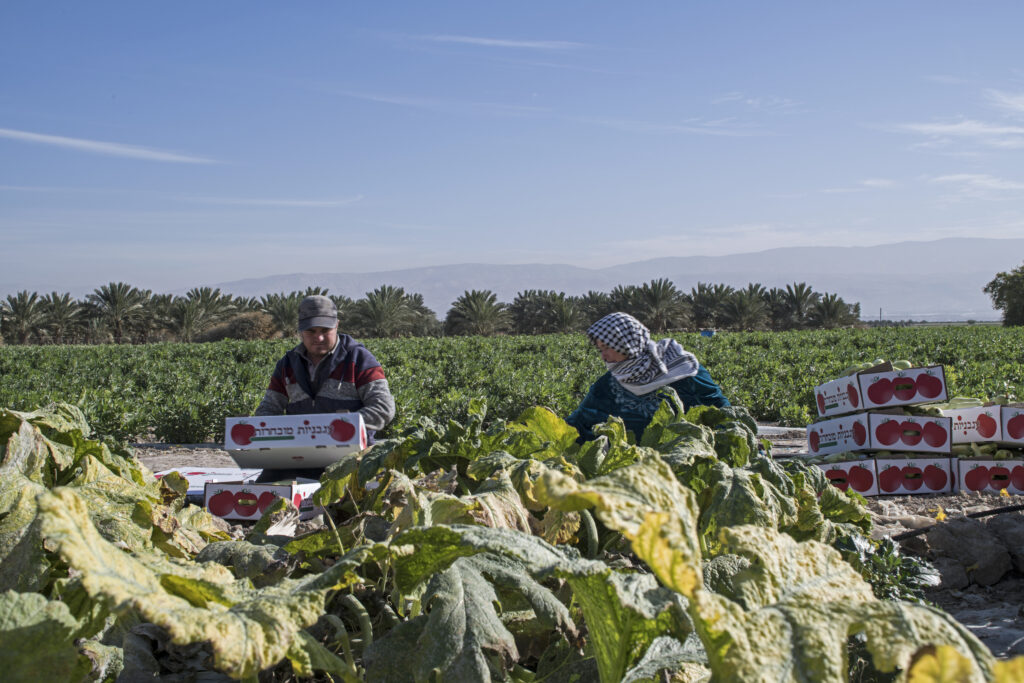
Prof. Davies and his team at the Vrije Universiteit are open to working with organisations that want to further pursue isotopic authentication of settlement produce. Davies emphasises: “What is required to make clearer assumptions, and get better results is a good database with 50-100 soil samples from the Golan Heights, and around the country. Such a database could produce better insights.” At the moment, SOMO does not have the resources to undertake such sampling, but we are very open to discuss potential collaboration with other .
Do you need more information?
-

Sanne van der Wal
Senior Researcher
Related news
-
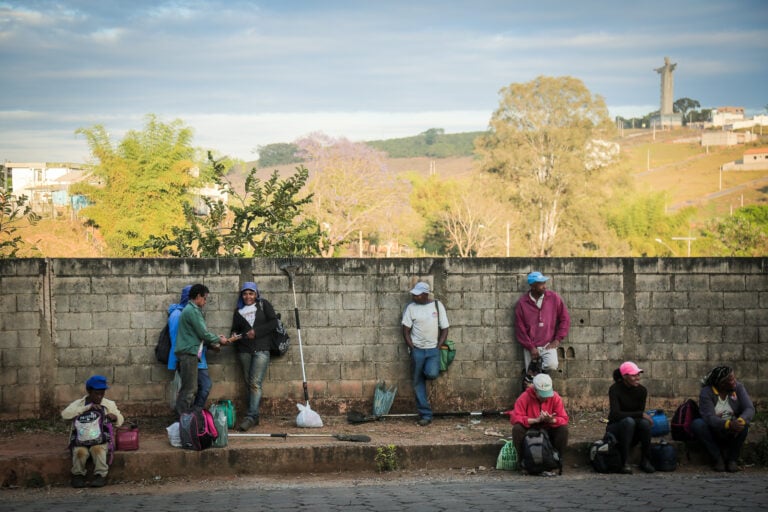 Modern slavery is still lurking in your coffee cupPosted in category:News
Modern slavery is still lurking in your coffee cupPosted in category:News Joseph Wilde-RamsingPublished on:
Joseph Wilde-RamsingPublished on: -
Bitter brew Published on:Posted in category:Publication
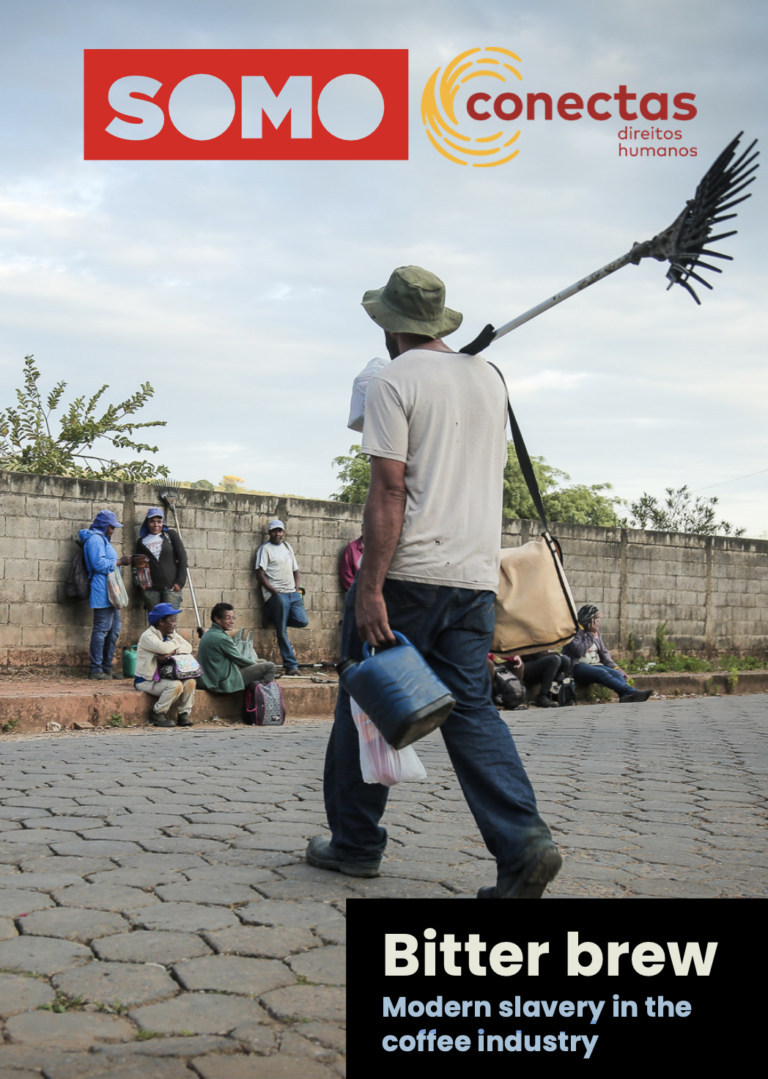
-
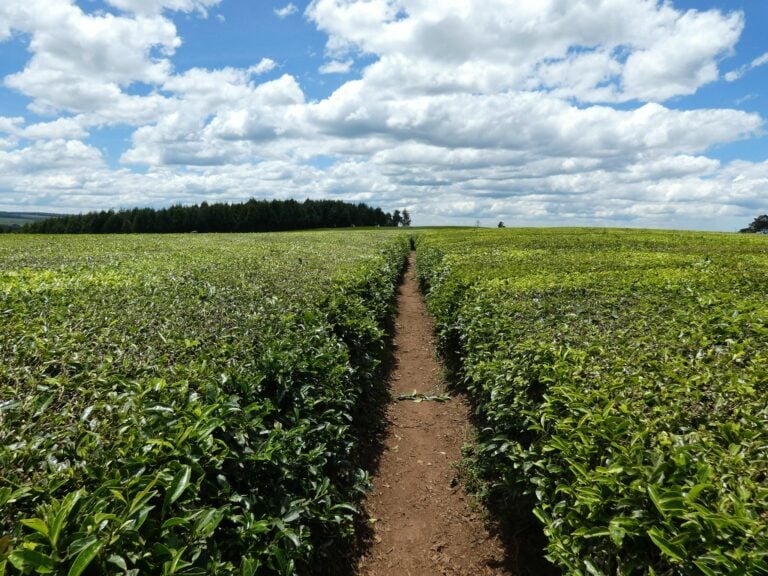 Unilever under UN investigation for denying remedy to victims of violence at its plantationPosted in category:News
Unilever under UN investigation for denying remedy to victims of violence at its plantationPosted in category:News Lydia de LeeuwPublished on:
Lydia de LeeuwPublished on:


